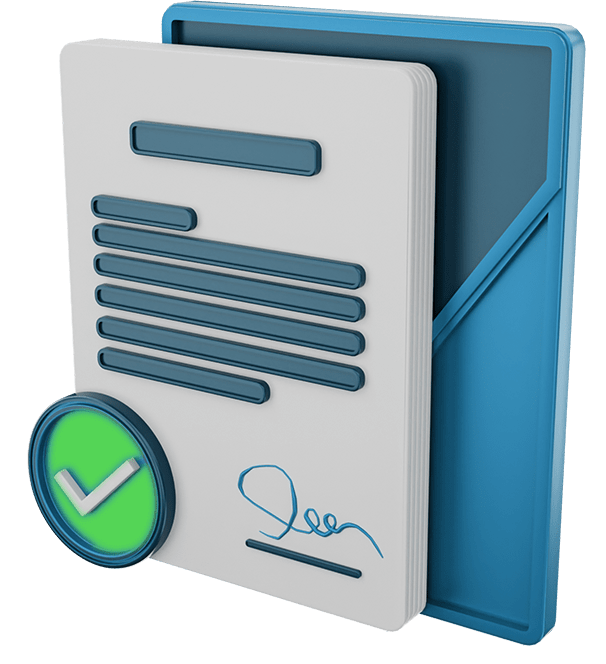Daaem Qiyas
A lightweight workspace to organize requirements, assign owners, capture evidence, and stay submission-ready.
Why it matters
Qiyas asks for requirement-by-requirement evidence and timely submission. Email threads and spreadsheets create rework, miss deadlines, and lose traceability. A dedicated solution reduces time-to-close, improves consistency, and preserves an audit trail across cycles.
How the solution works
- Requirement catalog: Preloaded Qiyas requirements organized by domain/axis with tags (owner, status, due date); supports change notes when standards update.
- Ownership & workflows: Assign requirement owners and reviewers; track comments, clarifications, rework, and SLAs; maintain a decision/change log.
- Evidence & traceability: Attach or reference policies, processes, screenshots, logs, and KPI extracts; use a built-in completeness checklist and version history.
- Mock review mode: Run a dry-run against the active requirement set; sample evidence, flag gaps, and generate a findings list for closure.
- Dashboards & status views: Progress heatmaps, evidence completeness, aging items, and upcoming deadlines; optional export to your BI platform.
- Notifications & calendar: Due-date reminders and escalation alerts to keep owners on track.
- Access & controls: Role-based access, approvals, and audit trails; data handling can follow SDAIA/NDMO classification, access, and retention practices where applicable.
- Integration & portability: CSV/Excel import/export; APIs and SSO options where your environment supports them.
- Submission pack: Compile an evidence index and submission bundle aligned to DGA platform fields.
- Configured workspace with the current Qiyas requirement set, roles, and workflows.
- Evidence index per requirement with completeness checks and version history.
- Dashboards & reports for progress, gaps, and deadlines; BI export templates.
- Mock-review report with findings and resolved actions.
- Submission bundle aligned to Qiyas platform inputs.
- Admin & user guides and a simple operating cadence for ongoing cycles.









